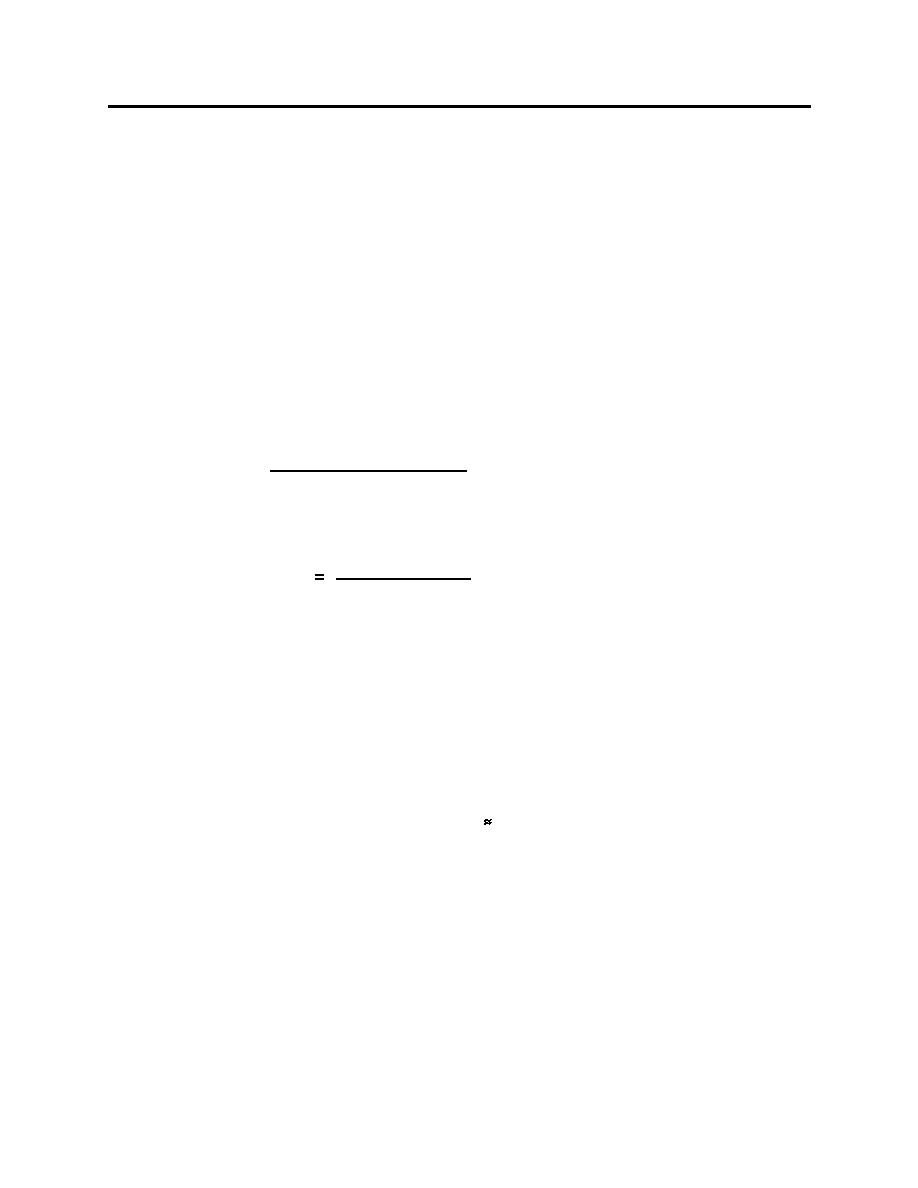 |
|||
|
|
|||
|
|
|||
| ||||||||||
|
|  DOE-STD-3014-96
(where f/c = ultimate compressive strength of concrete in psi)
at the perimeter, one-half the effective depth away from the
load. This criterion is very conservative compared to recent
test results, but may be used conservatively for structural
screening purposes and for cases where punching shear is
not likely to be critical. For marginal or critical cases, the
alternative formula in Appendix C of this standard can be used
as applicable. For punching shear evaluation, the dynamic
increase factor, strength reduction factor, and ultimate load
factors are given in Appendix C of ACI 349.
Evaluation of Steel Targets. A widely accepted formula for predicting
6.3.2.2
penetration of steel targets is the Ballistic Research Laboratory (BRL)
formula:
0.5MV 2
1.5
T
(6-3)
1.5
17,400KsD
where:
T
=
predicted thickness to just perforate a steel plate
(in.);
W/g missile mass (lb-sec2/ft);
M
=
V
=
missile impact velocity (ft/sec);
Ks
=
constant depending on the grade of steel
1);
(usually
D
=
missile diameter (in.).
The range of test data parameters used in developing this formula and
their scope of applicability are not defined. However, the formula is
independent of target size or support conditions. It should be used only
to predict local perforation of steel structures by small rigid missiles. To
prevent perforation of steel targets, the minimum thickness, td, should be
> 1.25T.
69
|
|
Privacy Statement - Press Release - Copyright Information. - Contact Us |